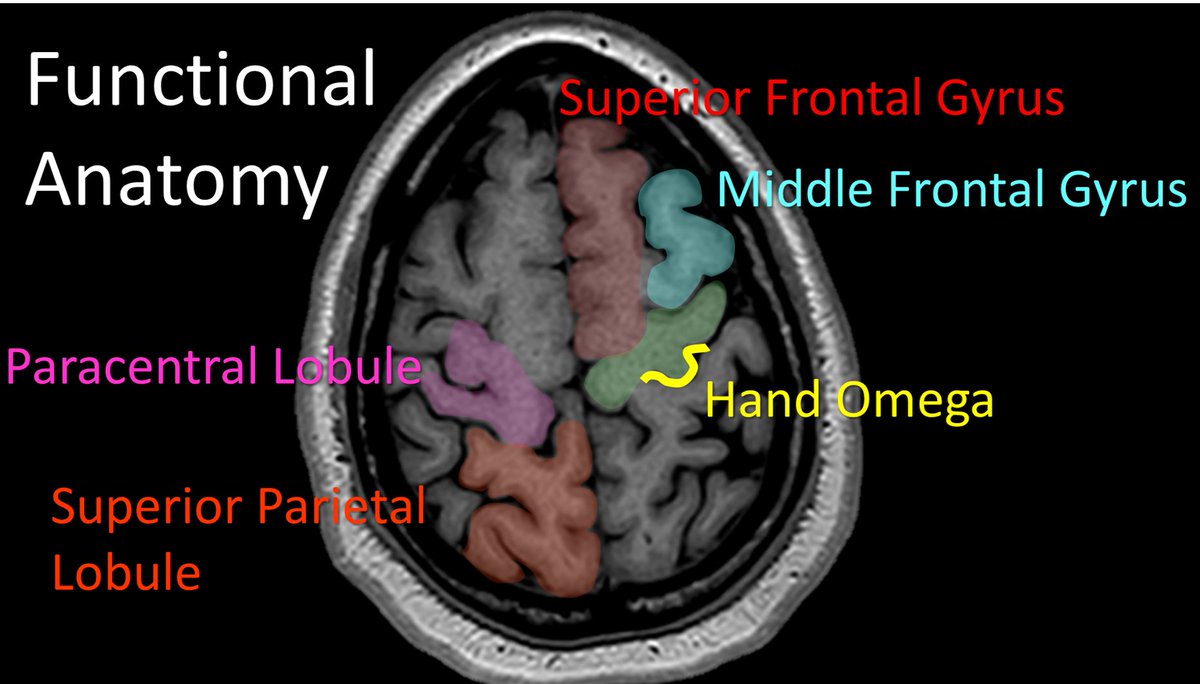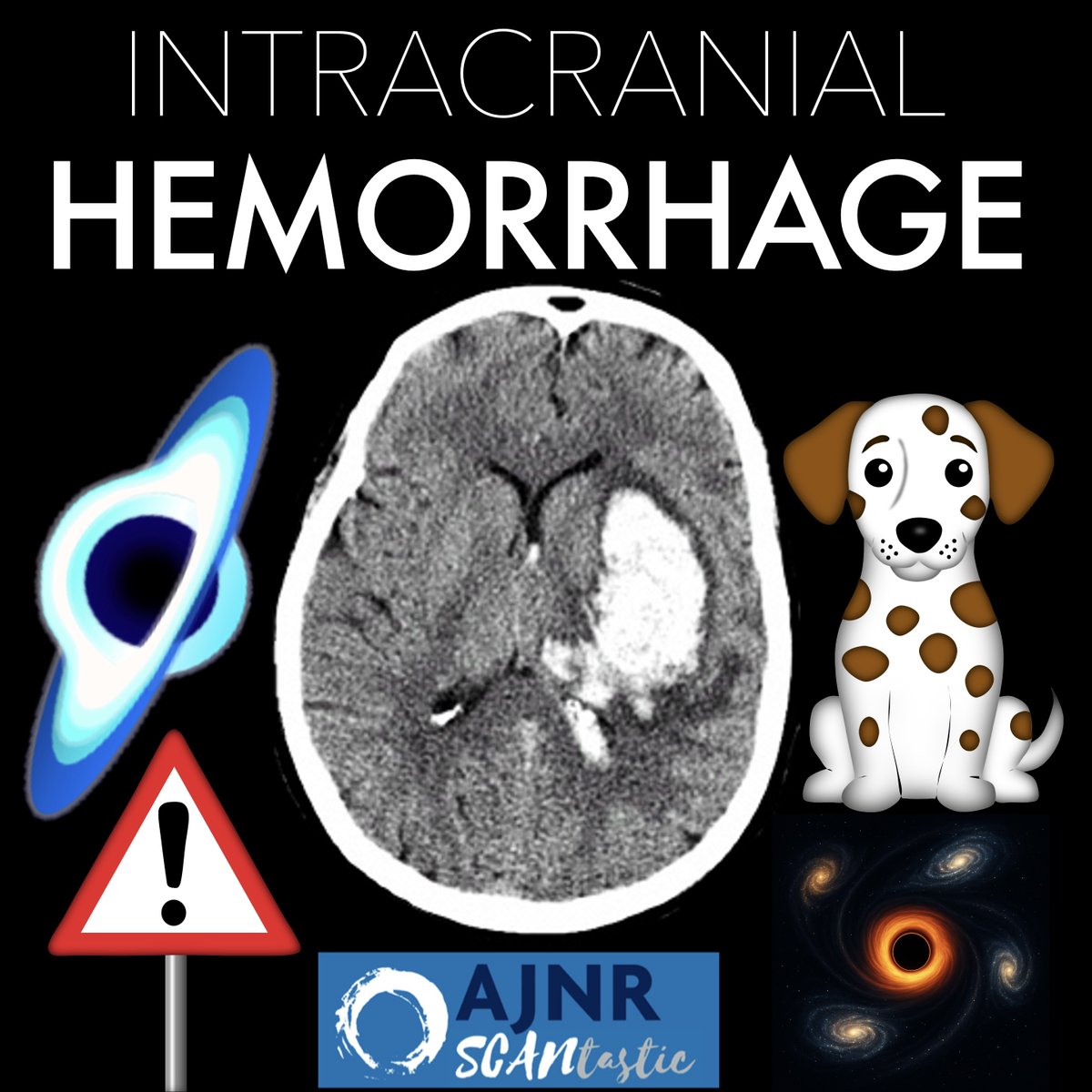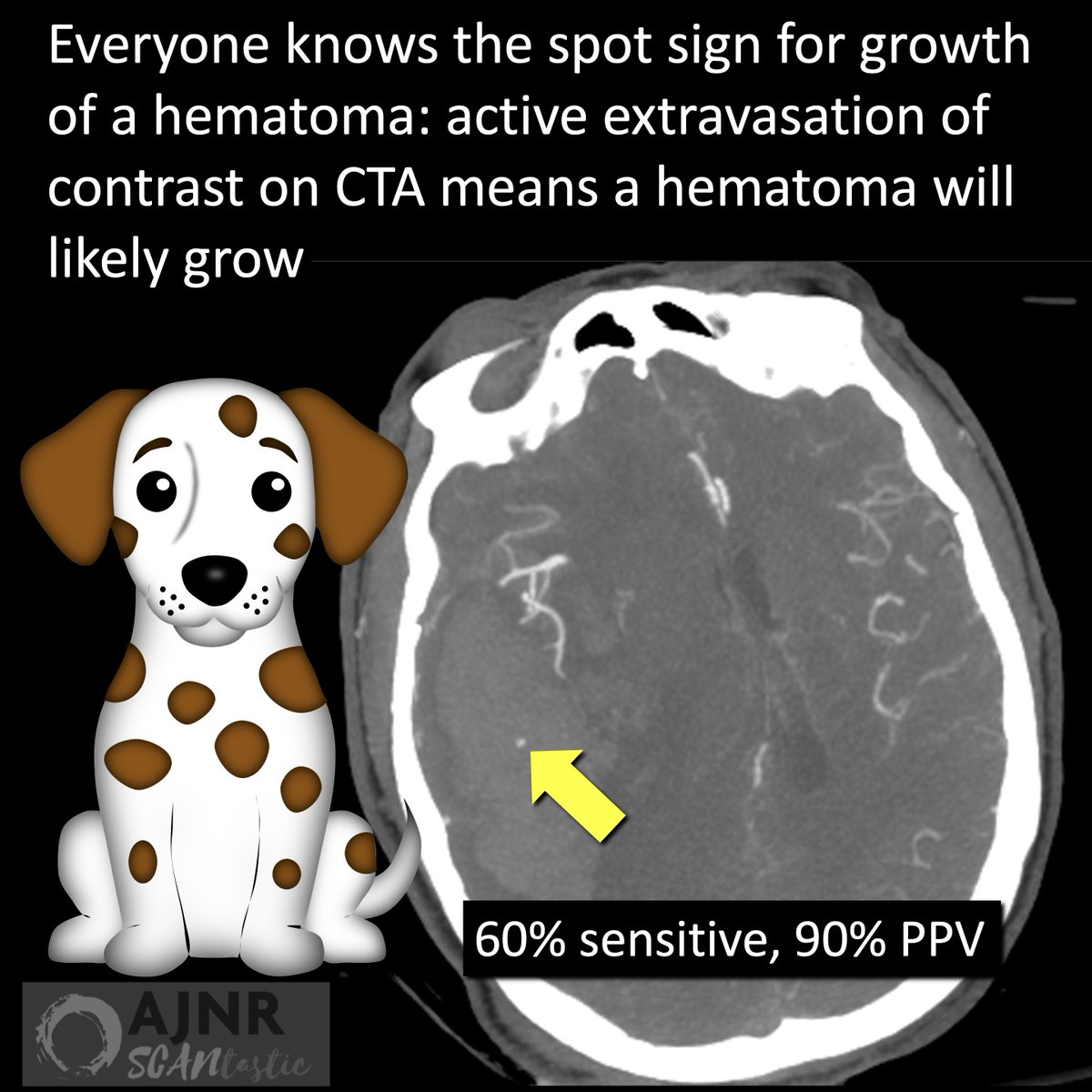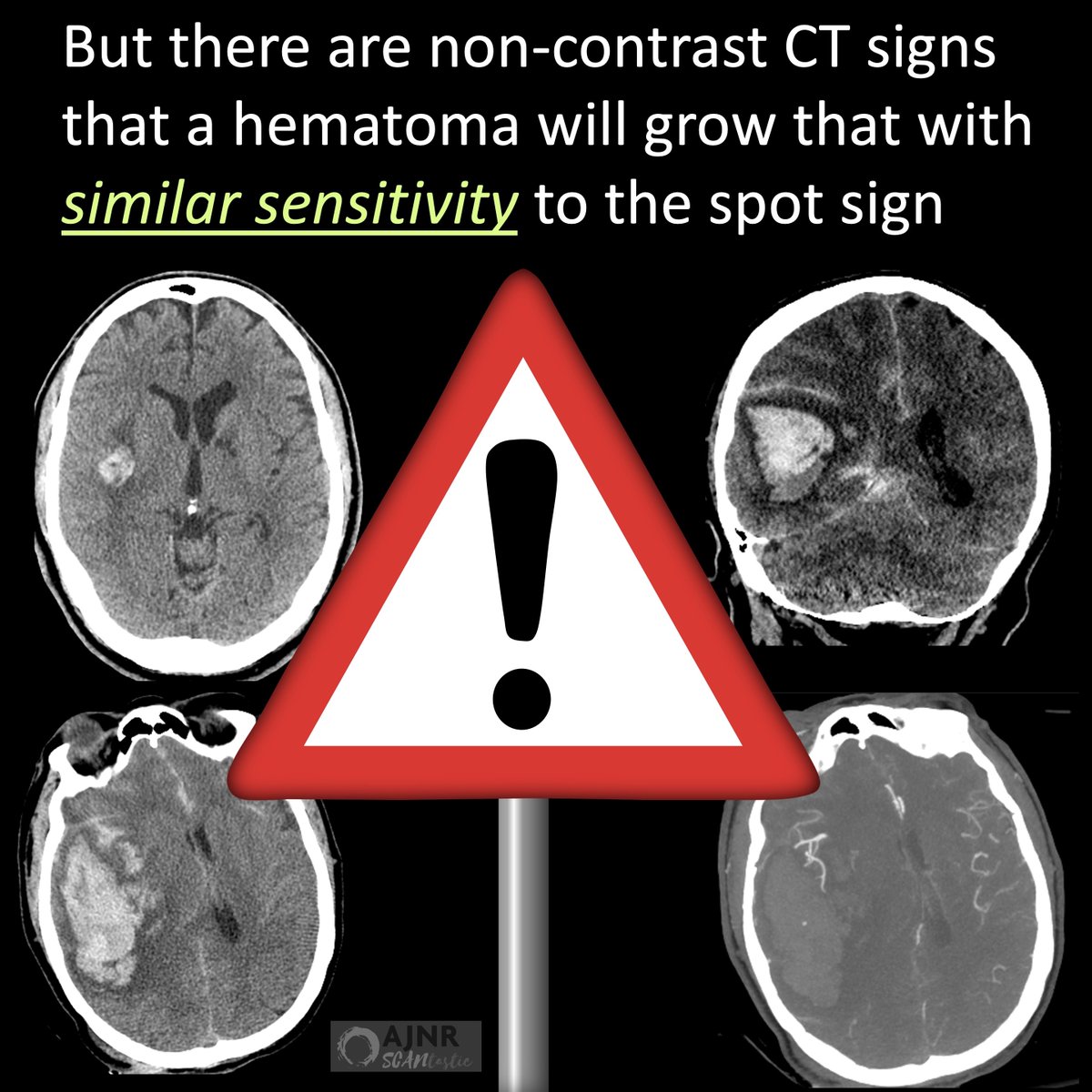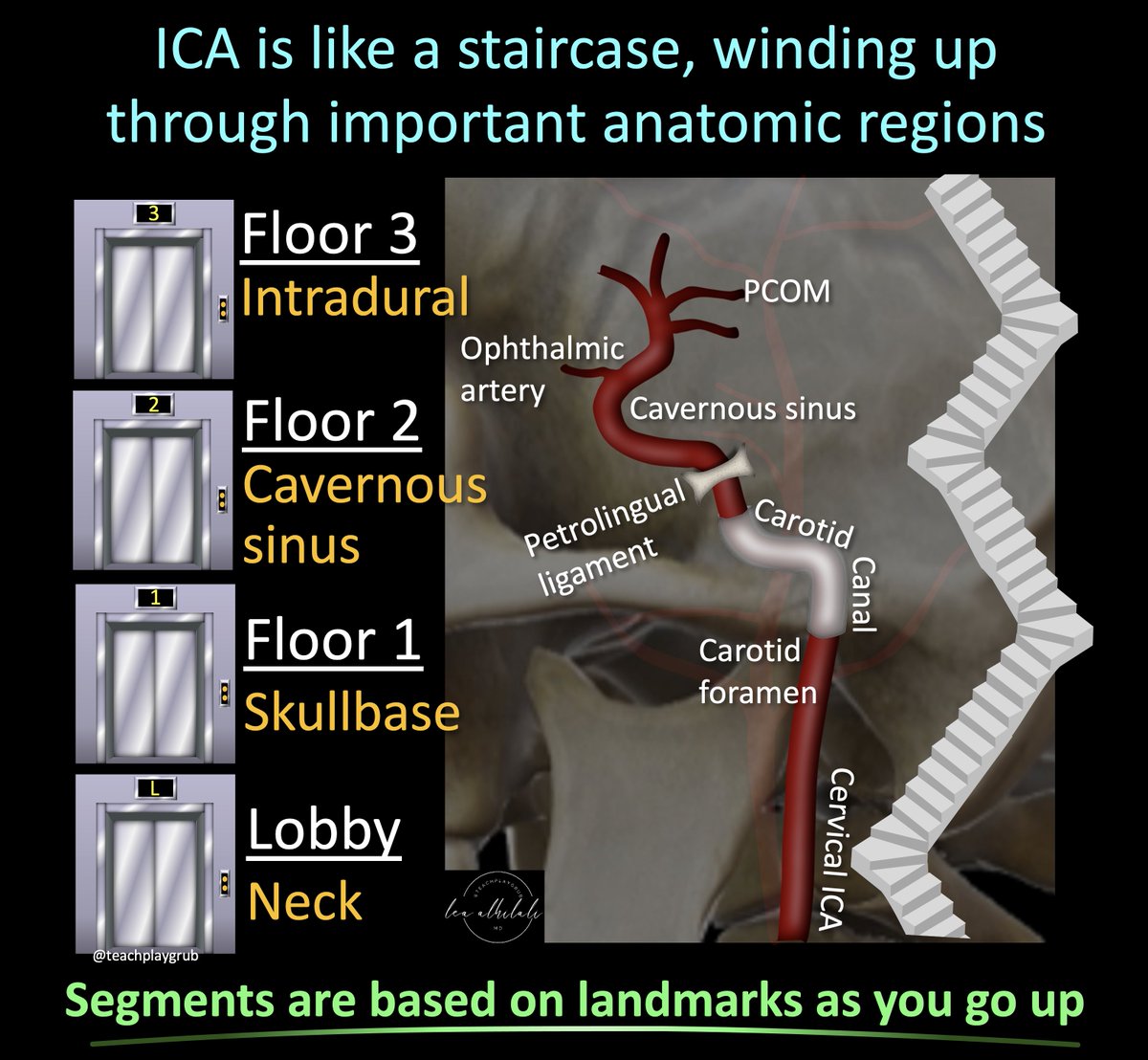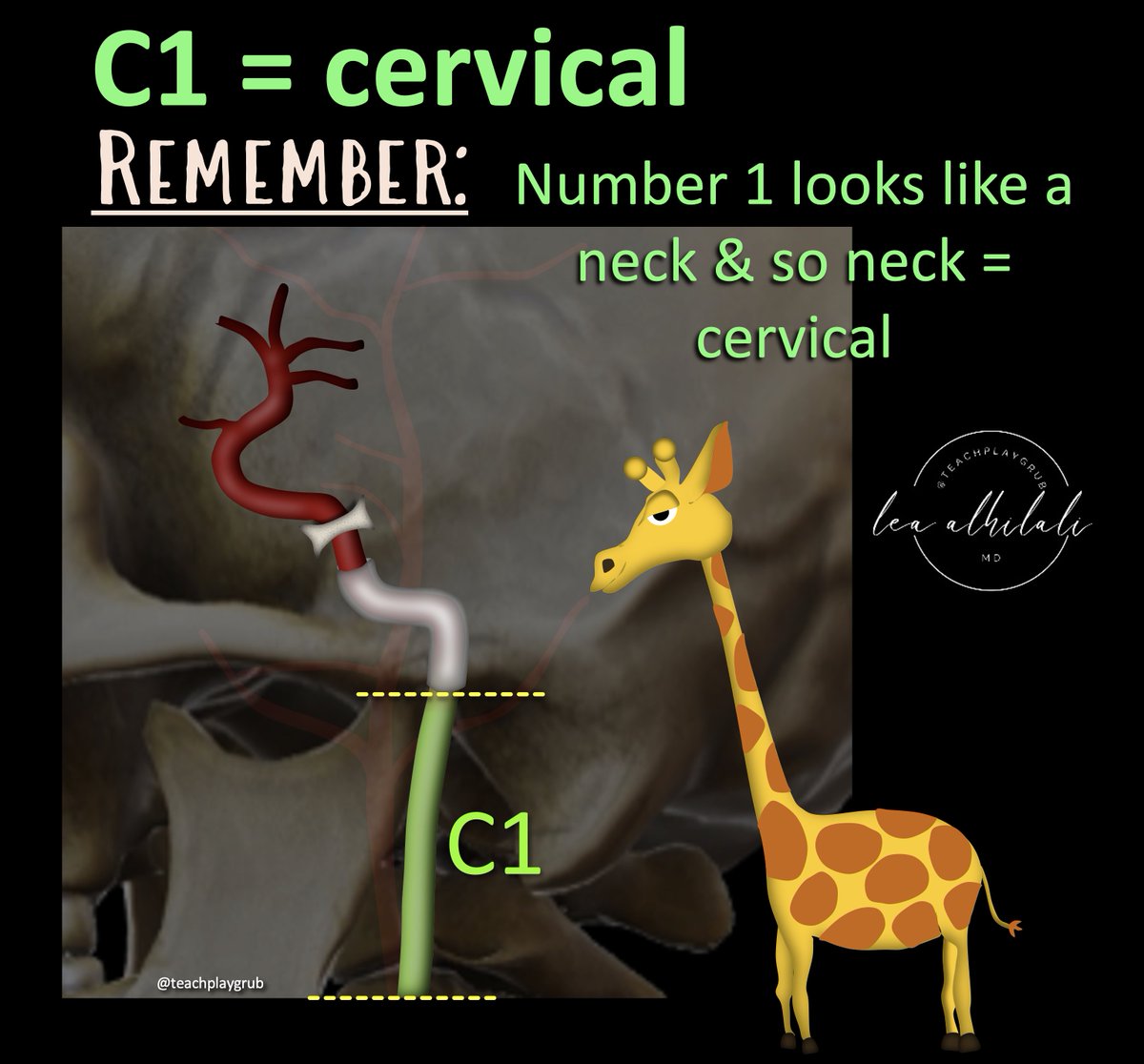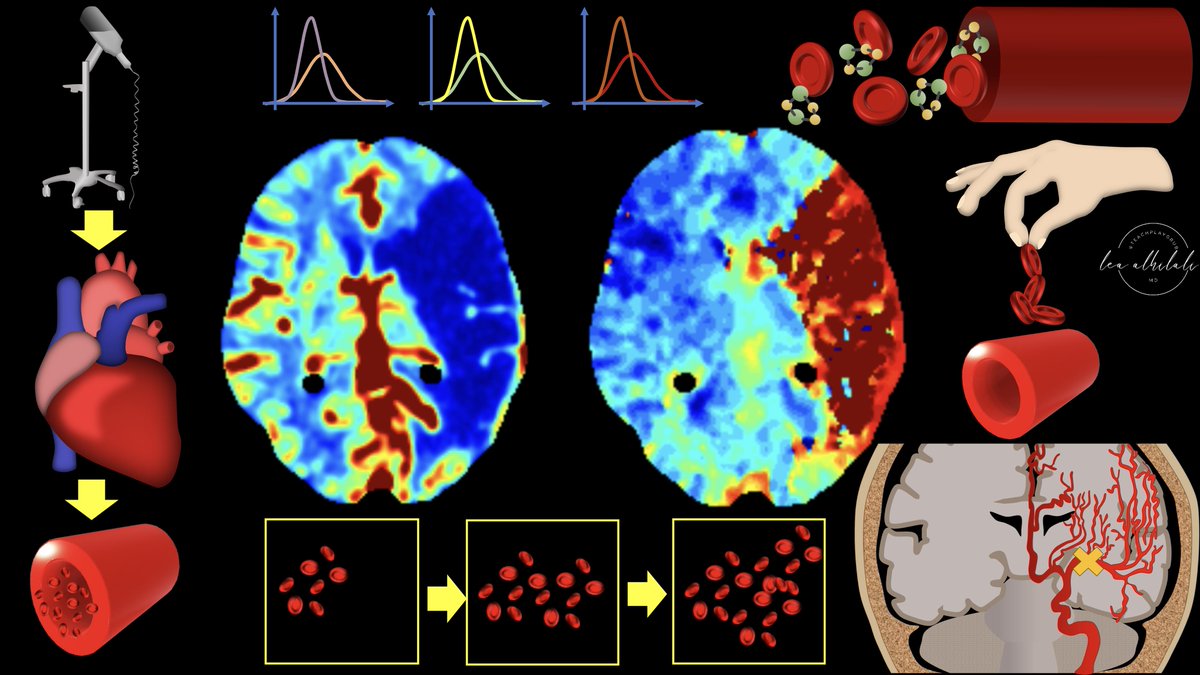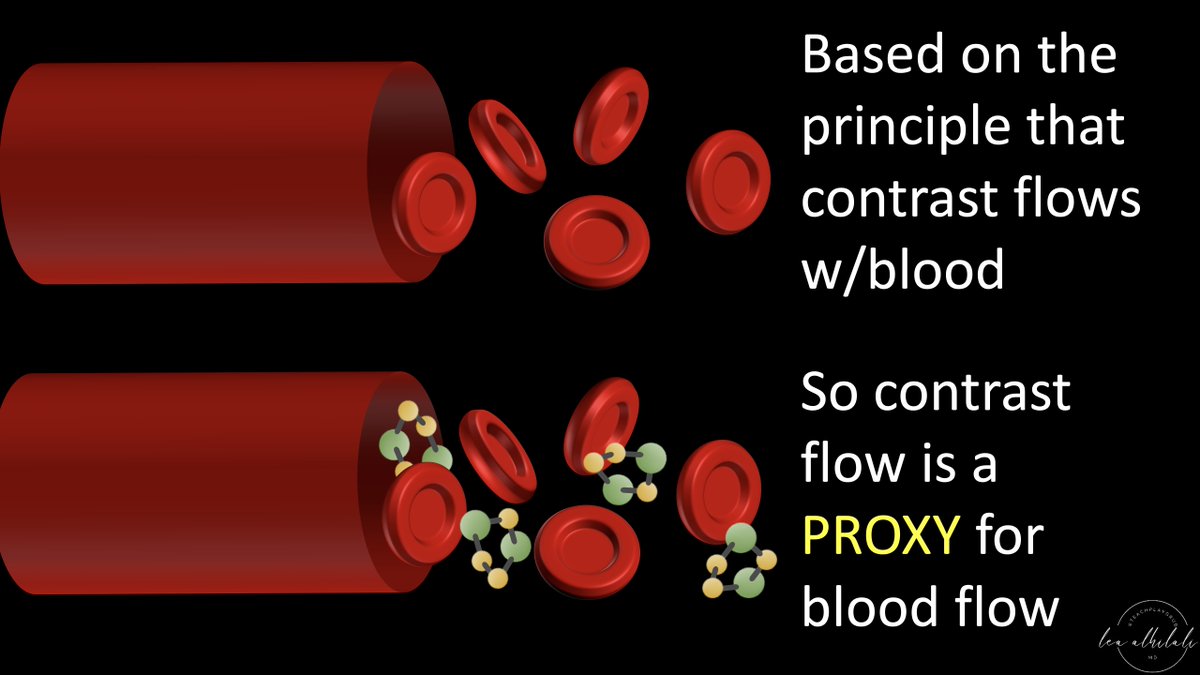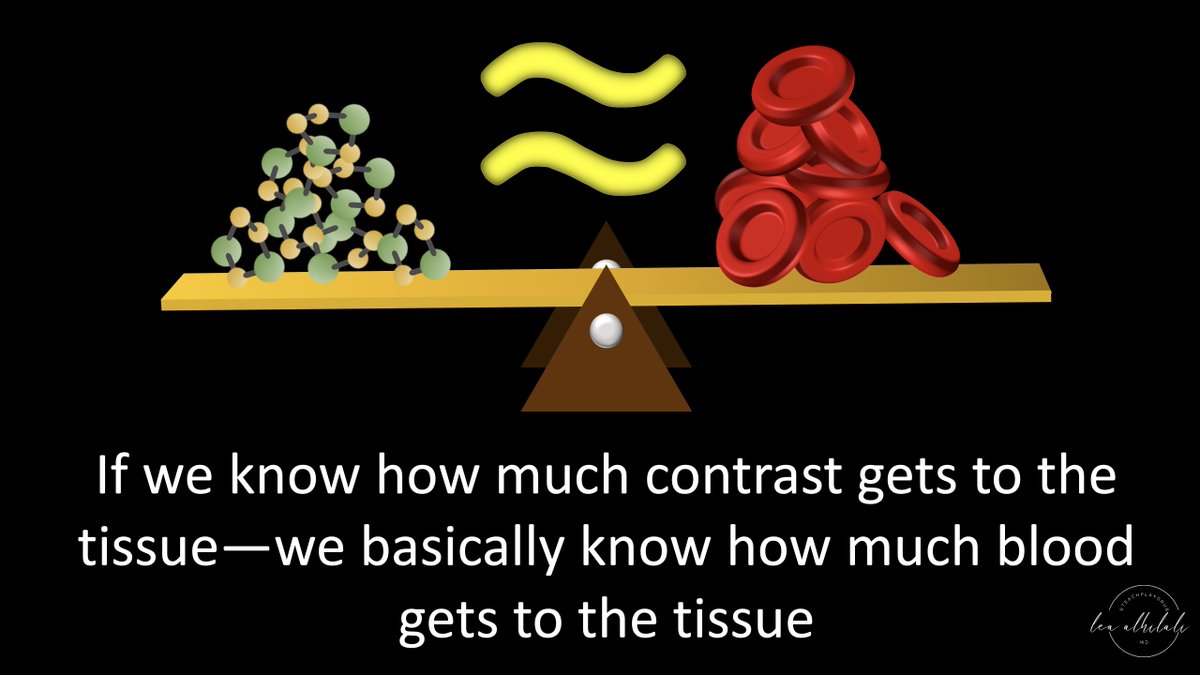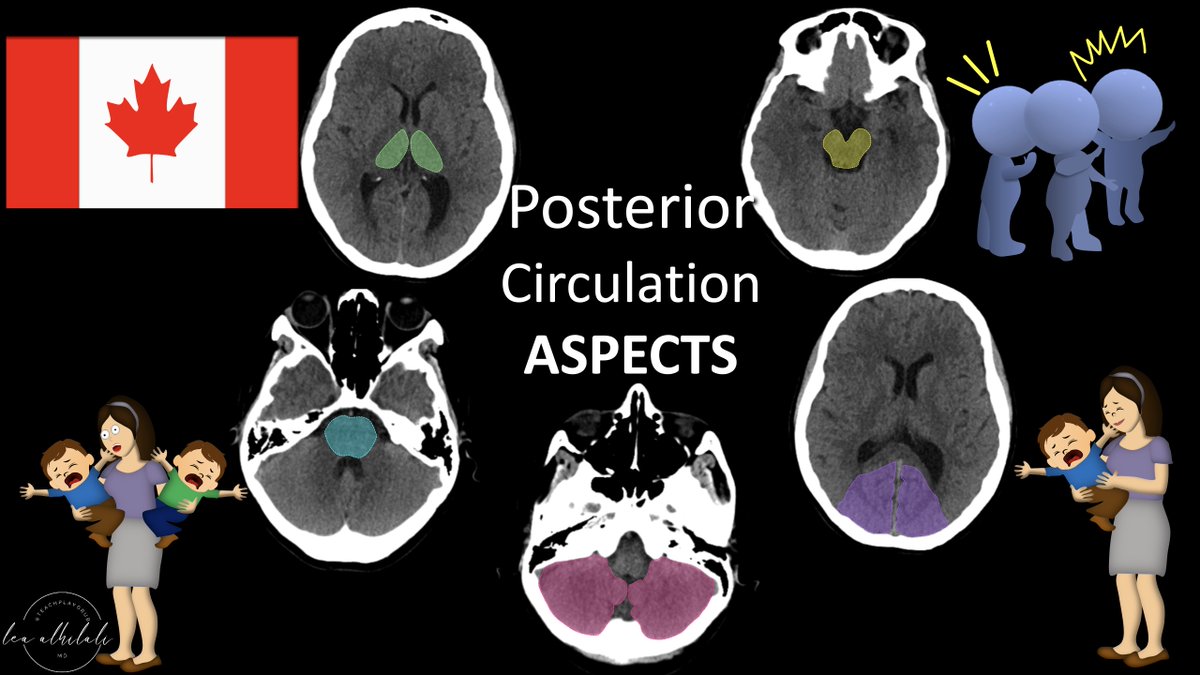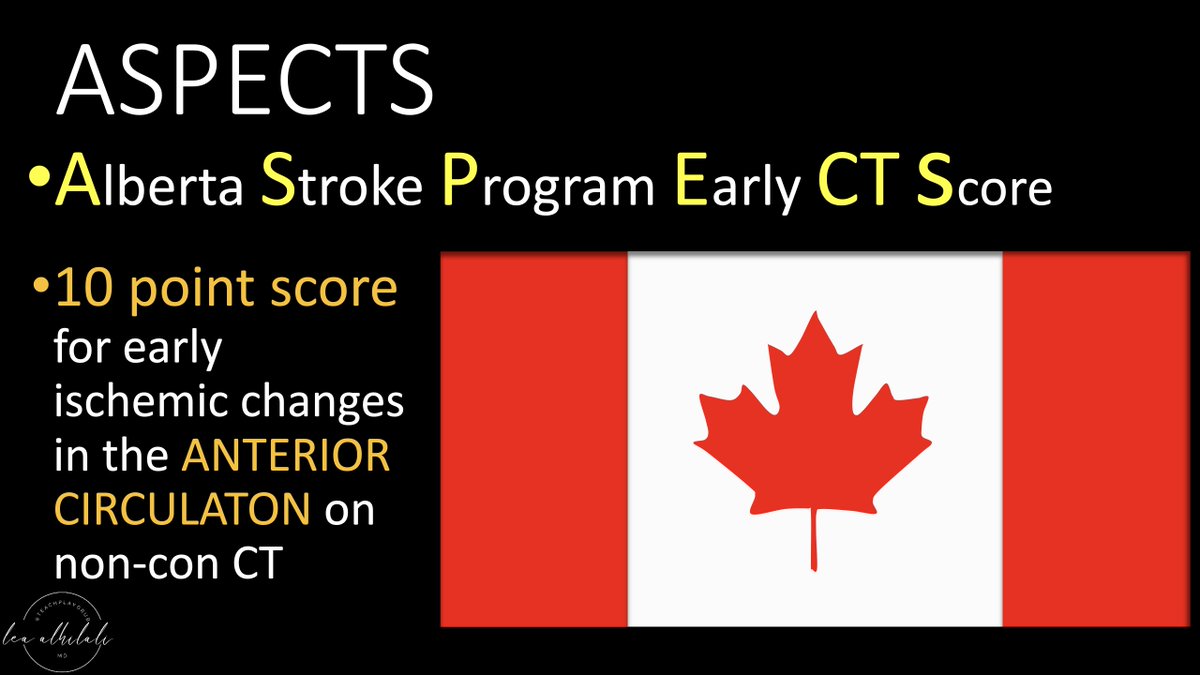1/”That’s a ninja turtle looking at me!” I exclaimed. My fellow rolled his eyes, “Why do I feel I’m going to see this on twitter…”
He was right!
A thread about 1 of my favorite imaging findings & pathology behind it
#medtwitter #FOAMed #FOAMrad #meded #neurotwitter #radres
He was right!
A thread about 1 of my favorite imaging findings & pathology behind it
#medtwitter #FOAMed #FOAMrad #meded #neurotwitter #radres

2/Now the ninja turtle isn’t an actual sign—yet! But I am hoping to make it go viral as one.
To understand what this ninja turtle is, you have to know the anatomy.
I have always thought the medulla looks like a 3 leaf clover in this region.
To understand what this ninja turtle is, you have to know the anatomy.
I have always thought the medulla looks like a 3 leaf clover in this region.

3/ The most medial bump of the clover is the medullary pyramid (motor fibers).
Next to it is the inferior olivary nucleus (ION).
Finally, the last largest leaf is the inferior cerebellar peduncle.
Now you can see that the ninja turtle eyes correspond to the ION.
Next to it is the inferior olivary nucleus (ION).
Finally, the last largest leaf is the inferior cerebellar peduncle.
Now you can see that the ninja turtle eyes correspond to the ION.

4/But why are IONs large & bright in our ninja turtle? This is hypertrophic olivary degeneration. It is how ION degenerates when input to it is disrupted.
Input to ION comes from a circuit called the triangle of Guillain & Mollaret—which sounds like a fine French wine label!
Input to ION comes from a circuit called the triangle of Guillain & Mollaret—which sounds like a fine French wine label!

5/At its simplest, the triangle consists of the ipsilateral red nucleus, ION itself, & contralateral dentate nucleus.
Red nucleus signals the ipsilateral ION, who then send signals to the contralateral dentate, which signals back to the red nucleus & the triangle is complete!
Red nucleus signals the ipsilateral ION, who then send signals to the contralateral dentate, which signals back to the red nucleus & the triangle is complete!

6/Signals from the red nucleus to ION are inhibitory.
I remember this bc red=communism=stopping you from doing what you want
So when you disrupt the circuit, the ION is finally gets the green light to crazy & hypertrophies—that’s how you get hypertrophic olivary degeneration!
I remember this bc red=communism=stopping you from doing what you want
So when you disrupt the circuit, the ION is finally gets the green light to crazy & hypertrophies—that’s how you get hypertrophic olivary degeneration!

7/The triangle is actually a bit more complex—it also includes the structures that carry the signal between the three points.
So any damage to any of the points of the triangles or the structures connecting them will result in hypertrophic olivary degeneration.
So any damage to any of the points of the triangles or the structures connecting them will result in hypertrophic olivary degeneration.

8/You get a different appearance depending on where you disrupt the circuit.
If you disrupt it in the brainstem (red nucleus, central tegmental tract), the olivary degeneration will be on the SAME SIDE.
I remember that bc Stem and Same both start with S.
If you disrupt it in the brainstem (red nucleus, central tegmental tract), the olivary degeneration will be on the SAME SIDE.
I remember that bc Stem and Same both start with S.

9/If you disrupt it in the cerebellum (dentate), you will get CONTRALATERAL degeneration.
I remember this bc Cerebellum and Contralateral both start with C.
I remember this bc Cerebellum and Contralateral both start with C.

10/Finally, if you interrupt both limbs (ie get both the superior cerebellar peduncle and central tegmental tract as in this example) you will get bilateral hypertrophic olivary degeneration and our famous ninja turtle!
I remember Both and Bilateral start w/B
I remember Both and Bilateral start w/B

11/So now you know about hypertrophic olivary degeneration and how different insults cause different appearances.
Hopefully you will remember my ninja turtle sign and spread it around so it truly becomes the official sign of bilateral hypertrophic olivary degeneration!
Hopefully you will remember my ninja turtle sign and spread it around so it truly becomes the official sign of bilateral hypertrophic olivary degeneration!
• • •
Missing some Tweet in this thread? You can try to
force a refresh


